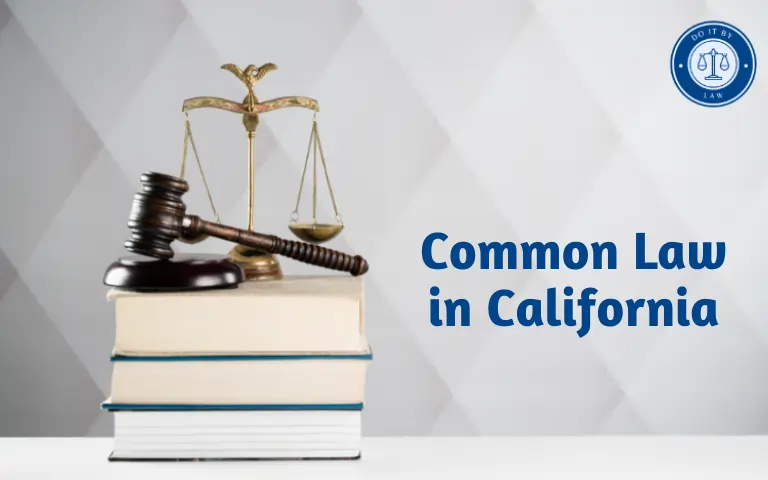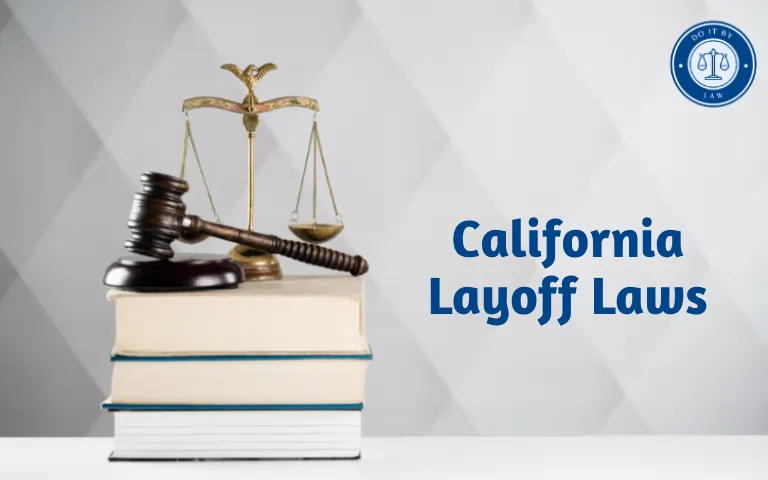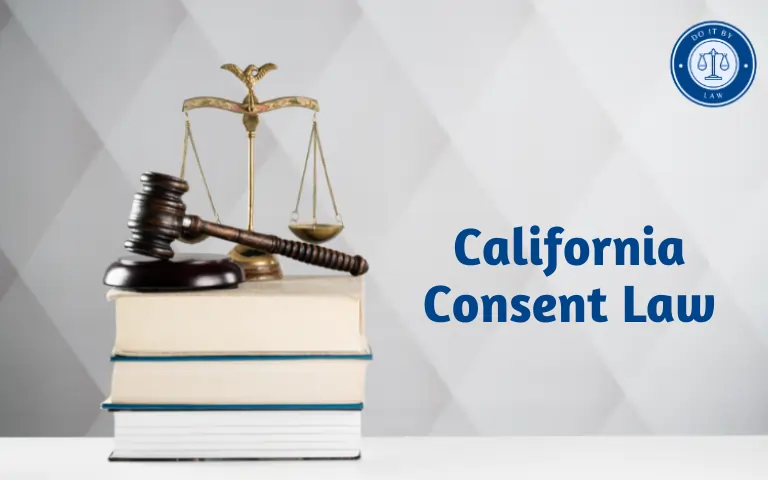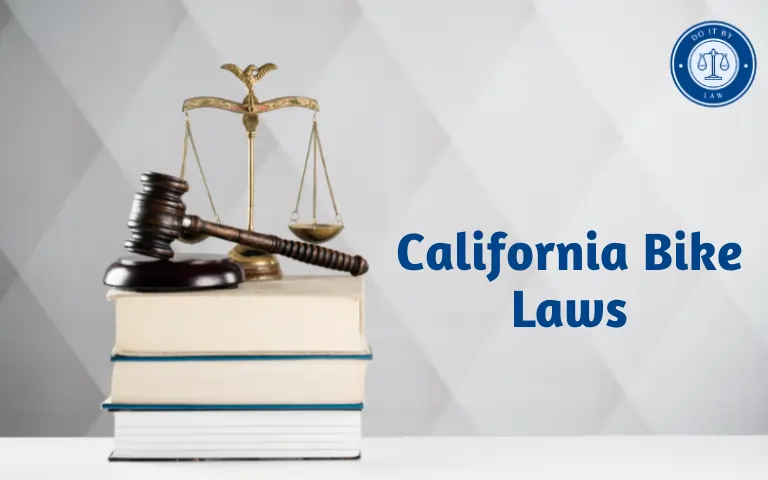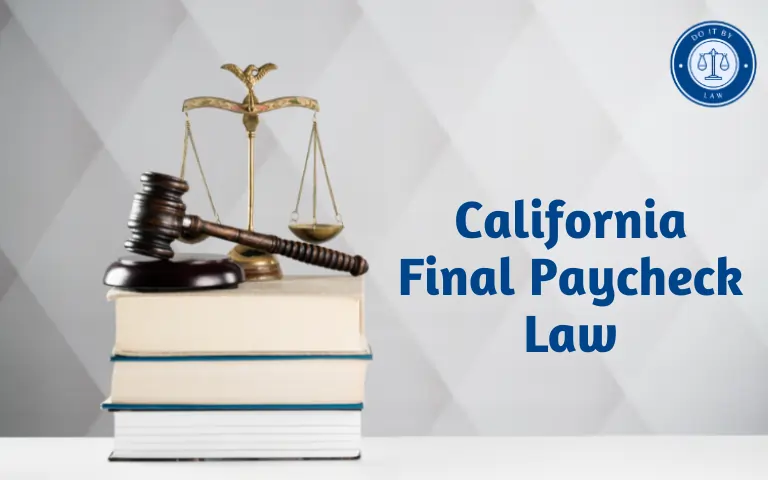Common Law in California: What You Need to Know
Common Law in California refers to laws that develop through court decisions, as opposed to statutes enacted by the legislature. It originated in medieval England and was inherited by courts in the American colonies. Over time, each state in the U.S. developed its own common law based on precedents and local conditions.
California State has a unique blend of English common law, Spanish civil law, and Mexican law as its legal foundations. While civil codes and statutes now dominate, the common law still fills gaps and guides the interpretation of codified laws. Understanding common law principles and traditions is key to navigating the California legal system.
History of Common Law in California
California entered the union in 1850 with English common law as the basis for its legal system. Early state courts routinely cited English cases when establishing precedents and procedures.
Certain aspects of Spanish civil law persisted, especially regarding property rights and community assets between spouses. However English common law heavily influenced criminal law, commercial law, torts, and contracts.
A major shift came in 1872 when California adopted comprehensive civil codes governing most private legal matters. This civilian approach aimed to standardize and clarify the law. However, it did not displace common law entirely. Where codes are incomplete or ambiguous, courts still look to common law for guidance.
Over time, California’s blend of codified and common law evolved based on local conditions and public policy goals. This hybrid system balances consistency with adaptability to meet changing circumstances.
Key Provisions of Common Law in California
Though diminished, common law remains relevant across many practice areas in California:
- Property – Common law governs certain property rights like easements, water rights, and riparian boundaries. Community property between spouses traces back to Spanish civil law.
- Torts – Common law torts include negligence, defamation, trespass, and nuisance. However, some like wrongful death are codified in statutes.
- Contracts – The common law of contracts supplements statutory rules on formation, performance, breach, and remedies.
- Criminal law – Most crimes are defined by statute, but common law fills gaps for unfamiliar offenses.
- Evidence – While codified rules of evidence exist, common law still influences admissibility standards and privileges.
- Wills and estates – Statutes regulate wills, trusts, and probate procedures, but common law directs execution, interpretation, and fiduciary duties.
Though rarely applied to marital relationships now, common law marriage principles still occasionally impact spousal rights and duties. Courts may look to common law marriage tests in some cases.
Common Law in California Recent Changes and Proposed Reforms
California continues modifying and refining its common law doctrines:
- Tort reform – Statutes have limited some common law tort claims for policy reasons, capping damages, or raising proof standards.
- Spousal rights – Common law marriage was abolished in 1895. But concepts like putative spouses still appear in case law.
- Property – Courts are updating common law doctrines of adverse possession, easements by necessity, and water rights for modern conditions.
- Criminal law – Legislatures have codified most common law crimes. But statutes may restore common law elements for greater flexibility in prosecuting novel crimes.
- Evidence – Statutes and propositions aimed to expand victim privacy and reform hearsay rules reflect evolving common law boundaries.
Ongoing efforts propose broader reforms like consumer class action restrictions, privacy protections, and proportional liability limits. These would further displace traditional common law standards through comprehensive legislation.
Common Law in California Controversies and Challenges
Common law in California creates controversy and uncertainty in several areas:
- Marijuana – Possession and distribution remain illegal under federal common law, despite California decriminalization, causing conflict.
- Non-economic damages – Caps on common law claims like pain and suffering are hotly debated, with several reforms proposed.
- Guns – Common law negligence by gun makers and sellers conflicts with statutes limiting liability. Courts differ on which controls.
- Arbitration – Mandatory arbitration clauses in contracts challenge consumer rights to common law jury trials.
- Technology – Novel issues like data breaches, AI liability, and biotechnology raise common law questions not addressed in current statutes.
As society and technology evolve, critics argue common law is too ambiguous and slow to adapt. But defenders counter that codification undermines valuable common law benefits like flexibility, fairness, and stability. This balance continues to be negotiated through legislation and litigation.
Common Law in California and Relationships
Though California abolished common law marriage in 1895, the concepts still occasionally impact relationships today:
- Unmarried cohabiting couples can enter contracts and acquire joint property under common law. However, they lack the automatic legal and tax status of married couples under state law.
- A “putative spouse” who believes they are in a valid marriage may be granted marital rights upon dissolution if they took steps to formalize the relationship.
- When an invalid marriage ends, courts have the discretion to divide property equitably under common law principles. But neither party is entitled to spousal support.
- If one member of an unmarried couple dies without a will, the surviving partner has no automatic inheritance rights as a legal spouse does.
- Children born to unmarried couples have the same legal rights and protections regardless of their parent’s marital status.
While elements of common law marriage persist in limited contexts, couples cannot gain full marital rights solely through prolonged cohabitation and reputation in California. Formal marriage under state law is required for most spousal benefits.
Conclusion
Despite codification of many legal doctrines, common law still plays a vital role in California’s hybrid justice system. It connects modern statutes to historic English jurisprudence while allowing adaption based on evolving conditions and norms. Mastering common law principles remains essential to understanding California law in core areas like torts, contracts, property, and marital rights. Statutes may override common law, but courts continue relying on common law to interpret statutes. While controversial at times, common law provides flexibility to balance stability and social change over time.
Frequently Asked Questions on Common Law in California
References
- California Family Code Sections 300-310 – Marriage and Domestic Partnership Law
- Marvin v. Marvin – 1976 California Supreme Court common law marriage case
- Califonia Civil Code Sections 1400-1401 – Common Law Definitions
- Common Law Marriages in California – Overview from Nolo Press
- The Common Law and its Origins – CA State Bar Summary

